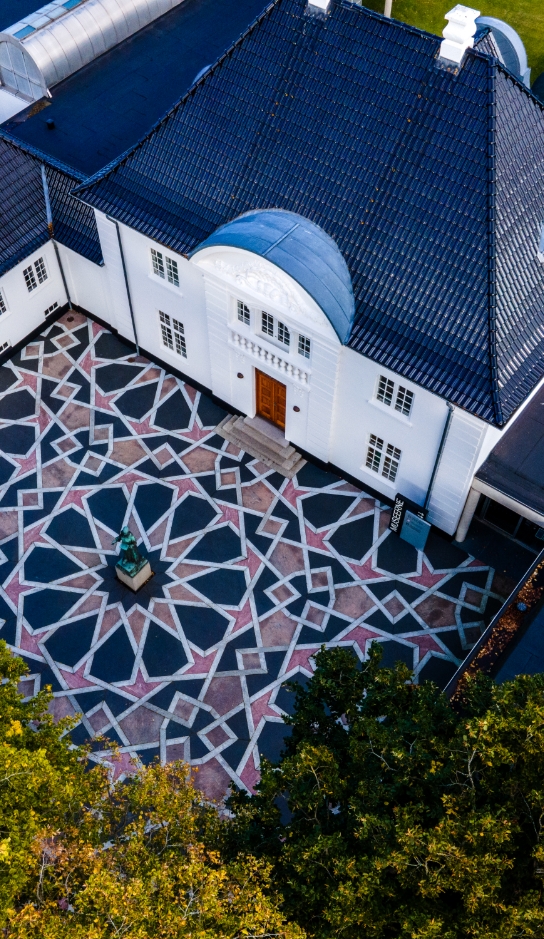Southeast Asian ceramics
The museum's Southeast Asian collection shows ceramics originating from the areas today known as Thailand, Cambodia and Vietnam. The collection displays ceramics from four different civilisations and covers the period from approx. 300 BC-1700 AD.
The 96 ceramic items in the collection originate from all of the four mentioned civilisations, with the main emphasis on the Sawankalok ceramics.
The items were collected by the zoologists Marie and Ole Hammer, who donated the collection to Holstebro Kunstmuseum in 1984.
Ban Chiang ceramics
The north eastern part of Thailand holds traces of human habitation dating back approx. 40,000 years. Around 3.000 BC, the bronze age civilisation of Ban Chiang, one of the first high civilisations in human history, arose here. The people of Ban Chiang produced bronze objects and ceramics of outstanding quality. The Ban Chiang Ceramics are characterised by exquisite shapes and great decorative variations. At the time around the year 0, ceramic art peaked. Here the natural raw body is painted with red ornaments. The Ban Chiang civilisation perished around the year 200.
Khmer ceramics
The next high civilisation in the region was the Khmer kingdom which was founded by King Jayavarman II in 802. Its capital city was Angkor. The Khmer ceramics were high-fired pottery in the form of vases and dishes. In the first centuries, yellowish white or pale green glazes were used. Later, dark glazes on a light body or conversely became commonplace.
Sawankalok ceramics
In 1238, the first Thai kingdom was established. The so-called Sawankalok ceramics originate from here. King Rambomkaling sent for 300 Chinese craftsmen and artists with the purpose of having them teach the Siamese craftsmen the new Chinese techniques. The Chinese introduced new kilns which allowed firing at higher temperatures than had been possible before. The Sawankalok ceramics were one of the Thai kingdom's most important export articles. The Sawankalok craftsmen produced domestic utensils, which were exported to India, China, the Philippines and Japan. The so-called Celadon glaze - a greenish glaze imitating Chinese jade - was particularly popular. They also made ceramics decorated with fish and line patterns and leaf ornaments in a brown or blue underglaze.
Annam ceramics
Between the 14th and 17th centuries, the Annam civilisation – part of present-day Vietnam – was the centre of a large production of ceramics. In the first centuries, the designs of the Annam ceramics were close to those of Chinese ceramics and porcelain. Later, the civilisation developed shapes and decorations of its own. Characteristic of the Annam ceramics are round boxes with lids and utility products shaped like animals.

